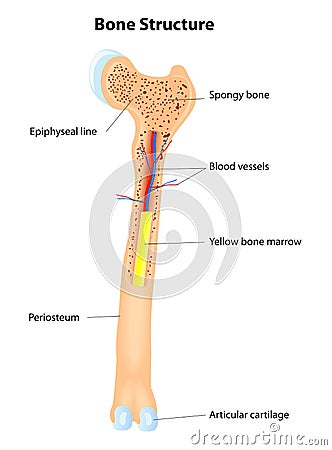

Injuries to the scapula are usually from an awkward fall or car accident. The shoulder girdle combines to give you shoulder motion. Because of this, the main shoulder joint (called the glenohumeral joint), the scapula, and the surrounding muscle and ligament are collectively referred to as the shoulder girdle. Much of the motion of the shoulder is actually motion between the scapula and the chest. The acromion is the part of the scapula that attaches to the collar bone and is the only true joint attaching the arm to the body. The scapula has a joint that wraps around from the back to the front of the shoulder called the acromion. In fact, there are 17 muscles that attach to the scapula. It, essentially, floats off of the back of the chest, as it is connected to the body primarily by muscle. The scapula, or “shoulder blade,” is an approximately triangular shaped bone. The bones have a crystalline construction embedded with mineral and live cells that maintain and repair the skeleton. They can communicate with each other and receive nutrients via long cytoplasmic processes that extend through canaliculi (singular = canaliculus), channels within the bone matrix.Bones have many shapes and sizes and are important to add structure to the body and protection to the vital structures. Like osteoblasts, osteocytes lack mitotic activity. Osteocytes maintain the mineral concentration of the matrix via the secretion of enzymes. Each osteocyte is located in a space called a lacuna and is surrounded by bone tissue. As the secreted matrix surrounding the osteoblast calcifies, the osteoblast become trapped within it as a result, it changes in structure and becomes an osteocyte, the primary cell of mature bone and the most common type of bone cell. Osteoblasts, which do not divide, synthesize and secrete the collagen matrix and calcium salts. The osteoblast is the bone cell responsible for forming new bone and is found in the growing portions of bone, including the periosteum and endosteum. Osteoclasts develop from monocytes and macrophages and differ in appearance from other bone cells. When osteoblasts get trapped within the calcified matrix, their structure and function changes, and they become osteocytes.

Osteogenic cells are undifferentiated and develop into osteoblasts.

\): Bone Cells.Four types of cells are found within bone tissue.


 0 kommentar(er)
0 kommentar(er)
